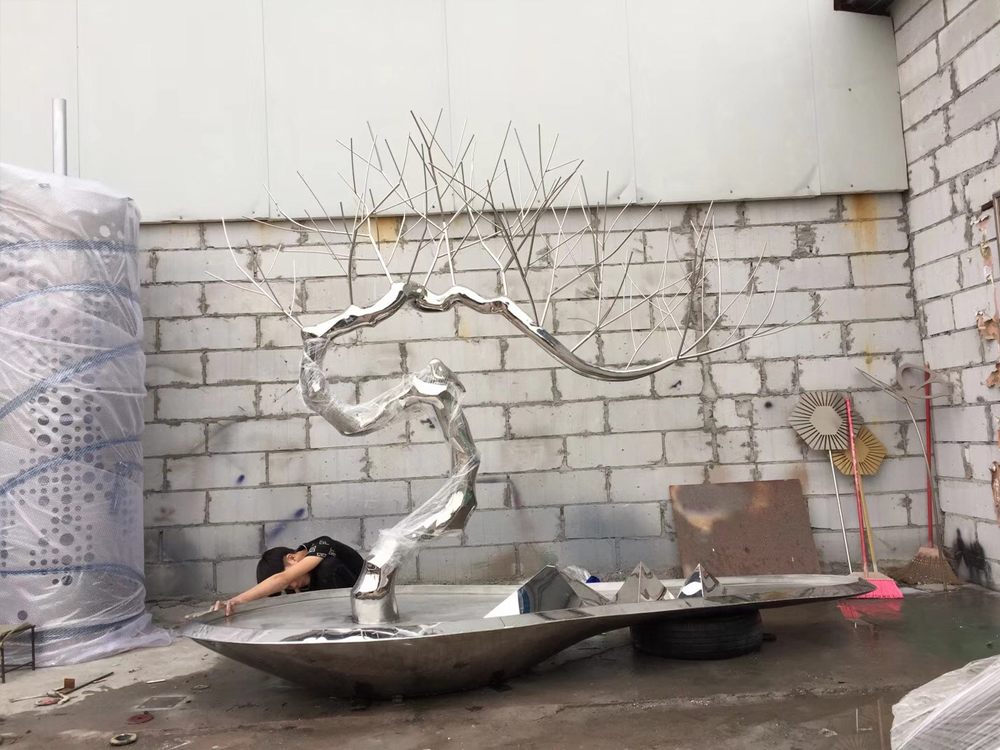
Wood carving is an art that requires mastery over materials, and one of the most critical factors is understanding how to work with different wood densities. Softwoods, like pine or cedar, are less dense and easier to carve but require careful handling to avoid splintering. Hardwoods, such as oak or maple, are denser and more durable but demand sharper tools and greater effort.
Carvers adjust their techniques based on the wood's density. For softwoods, they often use lighter strokes and finer tools to prevent tearing the grain. Hardwoods, on the other hand, may require heavier gouges and mallets to make precise cuts. The choice of tools—such as chisels, knives, or gouges—also varies, with harder woods needing sturdier, sharper blades.
Additionally, the direction of the grain plays a significant role. Softwoods are more forgiving, while hardwoods require meticulous attention to grain patterns to avoid chipping. Experienced carvers often test the wood’s response before committing to deep cuts.
By adapting their approach to the wood’s density, carvers can create intricate designs while minimizing waste and damage. Whether working with softwoods or hardwoods, the key lies in patience, the right tools, and a deep understanding of the material’s unique properties.

